Ever felt like a patient didn’t really hear you?
You explain a treatment plan. You outline next steps. The patient nods. But something’s off. Maybe they leave confused. Maybe they never follow through. And that’s where real communication—not just speaking, but connecting—comes in. In medicine, it’s not just what you say. It’s how you say it, when you say it, and how well it lands.
This article was carefully crafted by the editorial team at www.physician.ae to help healthcare professionals in the UAE and beyond create clearer, more trusting relationships with their patients—no matter the specialty.
Listen first, talk second
This may sound simple, but many clinicians jump into explaining without really listening. A patient walks in with shoulder pain. You’ve seen it a hundred times. But maybe this one isn’t textbook. Maybe the pain started after emotional stress, not injury. The only way to know? Stop, look, and listen. Let the patient speak fully before guiding the conversation.
In busy clinics, it’s easy to rush. Yet research shows that even an extra 30 seconds of patient-led storytelling can improve satisfaction and accuracy. A simple “Tell me more about that” can open the door to deeper understanding. In Dubai’s multicultural landscape, this matters even more. Different cultures express symptoms and emotions differently.
Body language says what words don’t
Let’s say you’re delivering difficult news. You’re being careful with your words—but your arms are crossed, or your eyes keep glancing at the computer screen. Without meaning to, you’re signaling distance. Patients pick up on these cues, even if they don’t realize it.
Non-verbal communication includes posture, gestures, facial expressions, and tone. A relaxed, open posture builds trust. So does eye contact. In conservative settings like some clinics in the UAE, modesty and calmness also carry weight. Don’t overdo gestures or appear rushed—it can come across as dismissive or even disrespectful.
One helpful practice: match the patient’s emotional tone. If they’re anxious, soften your delivery. If they’re frustrated, acknowledge it. This small step can de-escalate tension and create space for honest conversation.
Use simple words, not medical code
You might say “hypertension,” but your patient hears “something scary I don’t understand.” Medical jargon creates distance. It confuses, alienates, and often makes patients too embarrassed to ask questions. A good rule? If your patient can’t explain the condition back to you in their own words, they probably didn’t get it.
Say “high blood pressure” instead of “hypertension.” Say “heart doctor” before “cardiologist.” And explain side effects in plain terms: “This medicine might make you feel sleepy” lands better than “It has a sedative effect.”
Especially in cities like Dubai, where many patients speak English as a second language, clarity is key. Visual aids, translated handouts, and even quick sketches on paper can go a long way.
Check for understanding, don’t assume it
You’ve explained everything, handed over the prescription, and the patient says “Got it.” But do they really? One of the most effective techniques is the “teach-back” method. Ask, “Just to be sure I explained this clearly, can you tell me what you’ll do next?”
It’s not a test. It’s a way to catch confusion early. If they misunderstand, you can correct gently. It also empowers the patient to be more active in their care. This is especially helpful in high-turnover clinics, where patients may see different providers each time.
In Dubai’s healthcare system, where providers often come from different national backgrounds, consistency in communication style is also important. Patients appreciate when teams use similar language and explanations.
Respect cultural context and personal space
In the UAE, patient populations come from diverse cultural and religious backgrounds. What feels natural in Europe or North America may not feel appropriate in a Gulf setting. For example, addressing elders with formality, being cautious about physical contact, and showing deference in tone are often expected.
Some patients may want to involve family in decision-making. Others may be more reserved when speaking with a provider of the opposite gender. Understanding and respecting these nuances isn’t about changing who you are—it’s about meeting your patient where they are.
For instance, using a patient’s full name and title—especially among older Emirati or Arab patients—shows courtesy and builds trust. Small gestures like standing when greeting or offering water can convey respect beyond words.
Follow up in ways that matter
Communication doesn’t stop after the appointment. Following up shows patients that they’re more than just a number on your schedule. This could be as simple as a phone call to check on side effects or a message through a patient portal. It creates continuity—and makes it more likely that they’ll return, stay engaged, and follow care instructions.
In Dubai’s fast-paced medical environment, patients often switch clinics. But when a physician takes the time to reconnect, it stands out. It signals professionalism and care. And yes, it improves health outcomes.
You don’t have to be perfect or over-available. You just have to be consistent, clear, and human.
This guide was developed by the editorial team at www.physician.ae with the goal of helping healthcare providers in the UAE communicate not just effectively—but empathetically.
